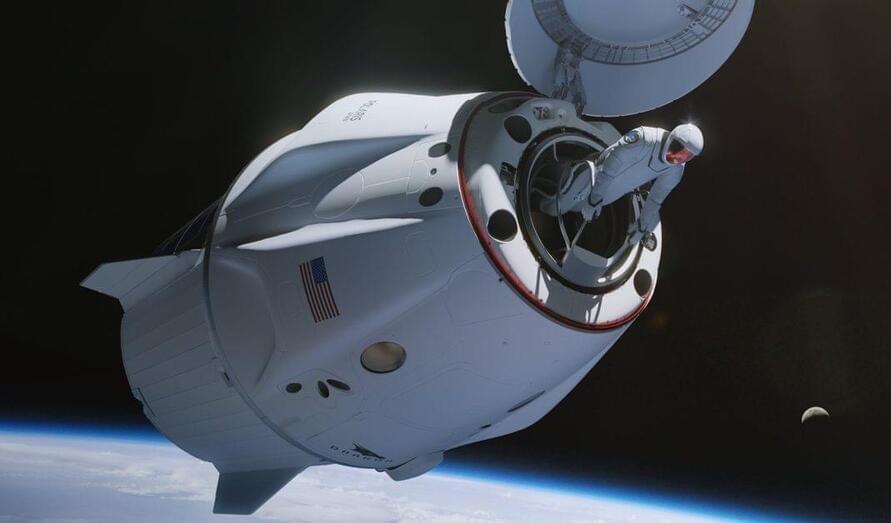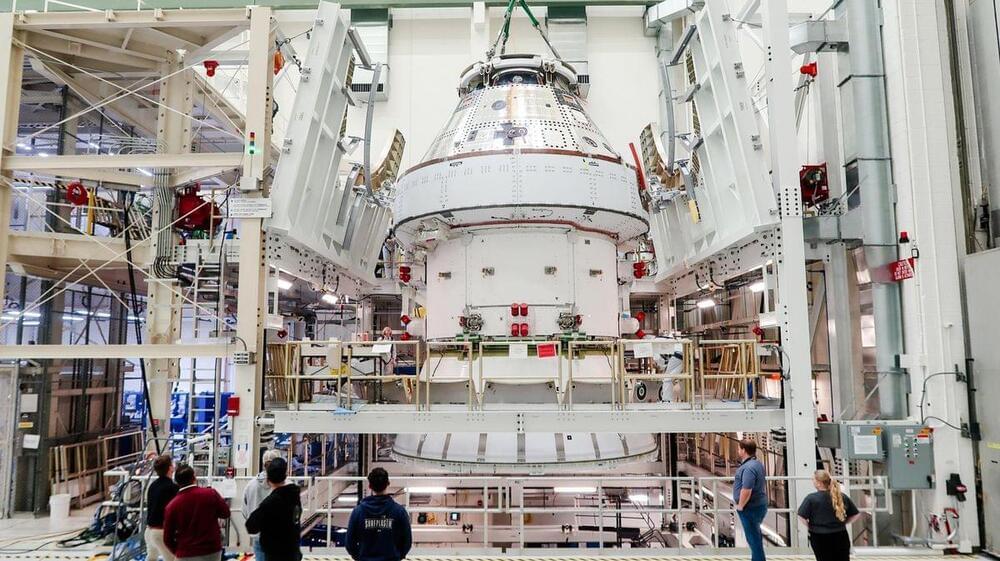SpaceX/What about it!?
Category: space travel – Page 71
SpaceX Starbase Update: Upgrades for First Catch with Chopsticks
SpaceX NASASpaceflight

Polaris Dawn is getting closer and closer to being launch ready
Things are slowly falling into place for the Polaris Program’s first mission, Polaris Dawn. The mission is nearing milestones that might finally give it a launch date that will actually hold.
Polaris Dawn, a private mission being paid for by Shift4 CEO Jared Issacman, who also paid for and flew on Inspiration4 in 2021. The goal of the mission is to fly higher than any human spaceflight since Apollo, perform the first private spacewalk, and conduct numerous science experiments in orbit.
Like Inspiration4, Polaris is partnering with SpaceX to complete this. Currently, SpaceX is the only company capable of this sort of feat. To do so, the company has modified its Dragon spacecraft to support spacewalk operations and develop an upgraded spacesuit to be used in the vacuum of space.
NASA’s New Solar Sail Spacecraft Will Shine So Bright We’ll See It From Earth
\r The most recent piece of news on this front comes from American space agency NASA, which announced last week that it is getting ready to launch a new kind of solar sail that may revolutionize such technologies.
\r.
\rYou see, one of the trickiest parts of making a solar sail is not the sail surface itself but the booms that are used to deploy them. That’s because solar sails are meant to extend after the ship reaches space.
Warp Drives: New Simulations
Learn more from a science course on Brilliant! First 30 days are free and 20% off the annual premium subscription when you use our link ➜ https://brilliant.org/sabine.
Hyperjumps, wormholes, and warp drives sound like science fiction, but they’re actually based on real science! Though I believe out of the three, warp drives are the most plausible. The math seems to agree. Today I want to tell you about a new way of analysing and visualizing warp drives.
Code: https://github.com/pbbp0904/WarpFactory.
🤓 Check out my new quiz app ➜ http://quizwithit.com/
💌 Support me on Donatebox ➜ https://donorbox.org/swtg.
📝 Transcripts and written news on Substack ➜ https://sciencewtg.substack.com/
👉 Transcript with links to references on Patreon ➜ / sabine.
📩 Free weekly science newsletter ➜ https://sabinehossenfelder.com/newsle…
👂 Audio only podcast ➜ https://open.spotify.com/show/0MkNfXl…
🔗 Join this channel to get access to perks ➜
/ @sabinehossenfelder.
🖼️ On instagram ➜ / sciencewtg.
#science #sciencenews #warpdrives #physics

SpaceX’s Starship Super Heavy: A Game-Changer for Human Space Travel
SpaceX’s Starship Super Heavy is the world’s largest and most powerful reusable launch vehicle, with the capability to carry over 150 tons and a super heavy booster that can return in 6 minutes and be ready for flight in an hour, making it crucial for the success of human space travel and cost savings Questions to insp.
SpaceX Starship Flight 4: FAA Issue Resolved, Weekly Update
SpaceX is making significant advancements in rocket engine production, launch infrastructure, and heat shield technology, positioning Starship as the leading vehicle in the future of space exploration Questions to inspire discussion What advancements is SpaceX making in rocket engine production? —SpaceX is making signi.
SpaceX Starship Gets Major Upgrades for Mars Mission!
SpaceX is making significant upgrades to the Starship spacecraft, including improvements to the heat shield, landing legs, and payload capabilities, with the goal of transporting humans and cargo to Mars and building a self-sustaining city on the red planet by 2060 Questions to inspire discussion What upgrades is Space.

Artemis 2 Orion spacecraft starts testing ahead of moon mission with astronauts in 2025 (video)
NASA’s next moon spacecraft for humans made one small leap into an altitude chamber for vital testing before it brings astronauts on board.
The Orion spacecraft for Artemis 2 is slated to fly around the moon with four astronauts no earlier than September 2025 — but first, engineers with NASA want to make sure it is ready for the job.